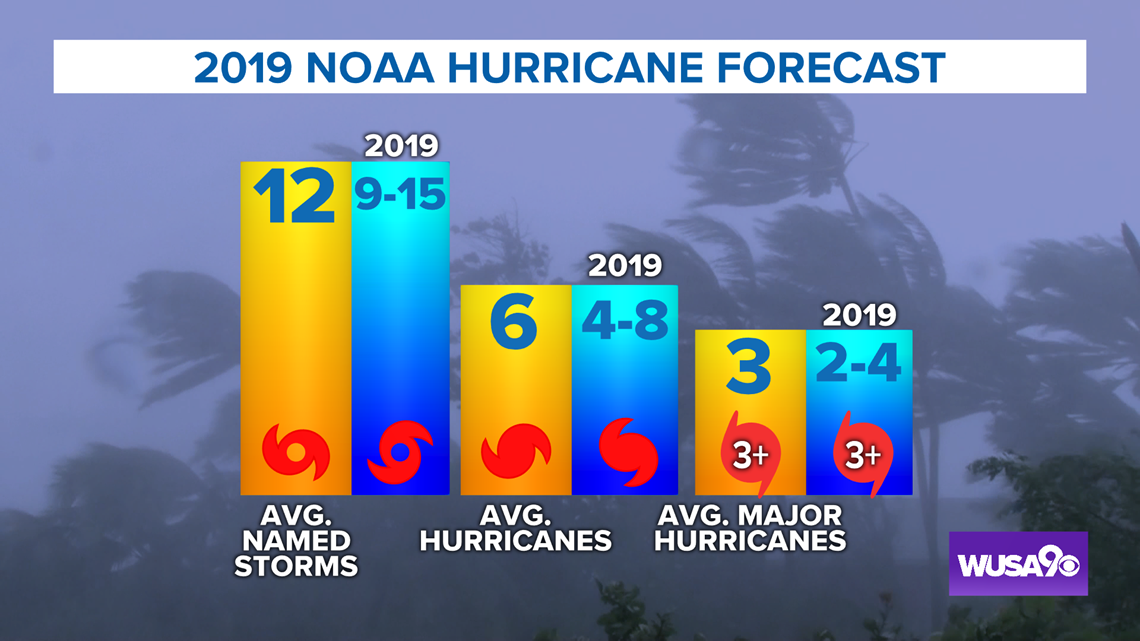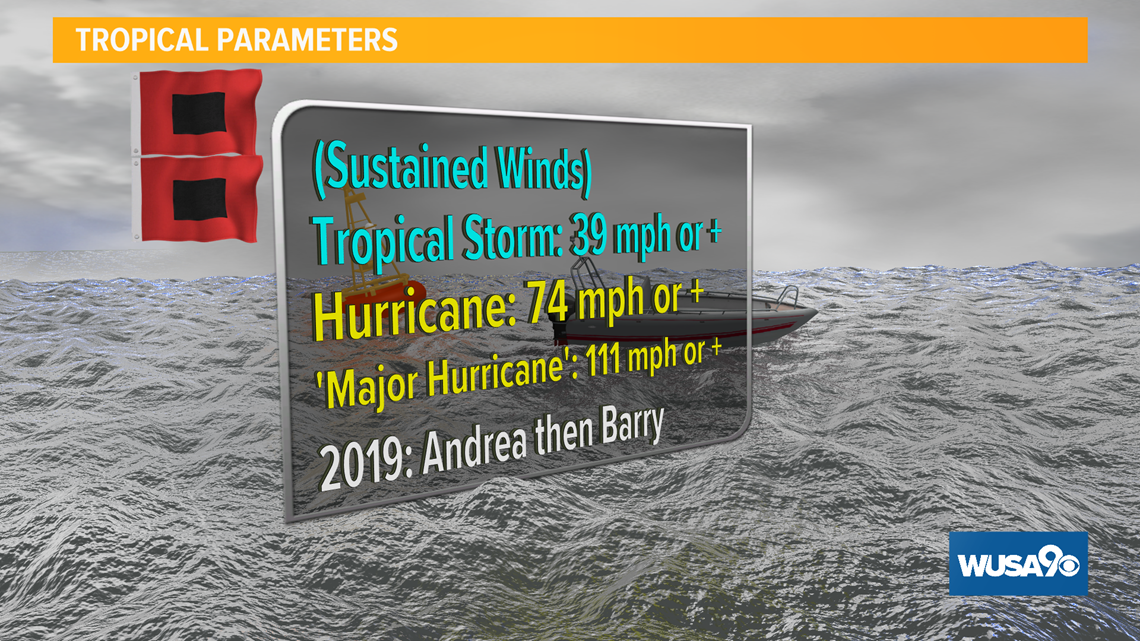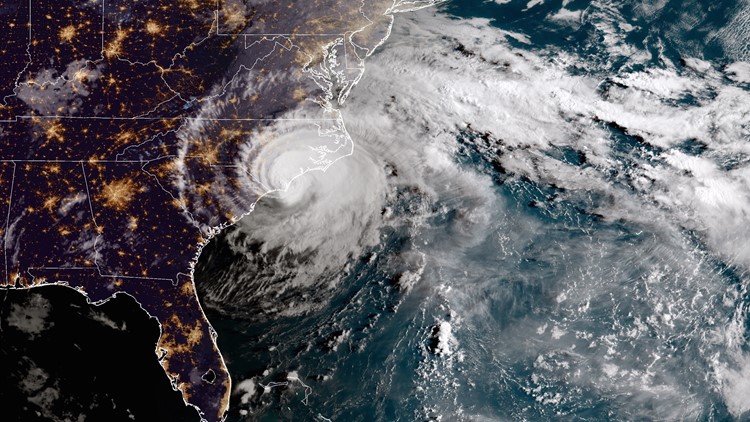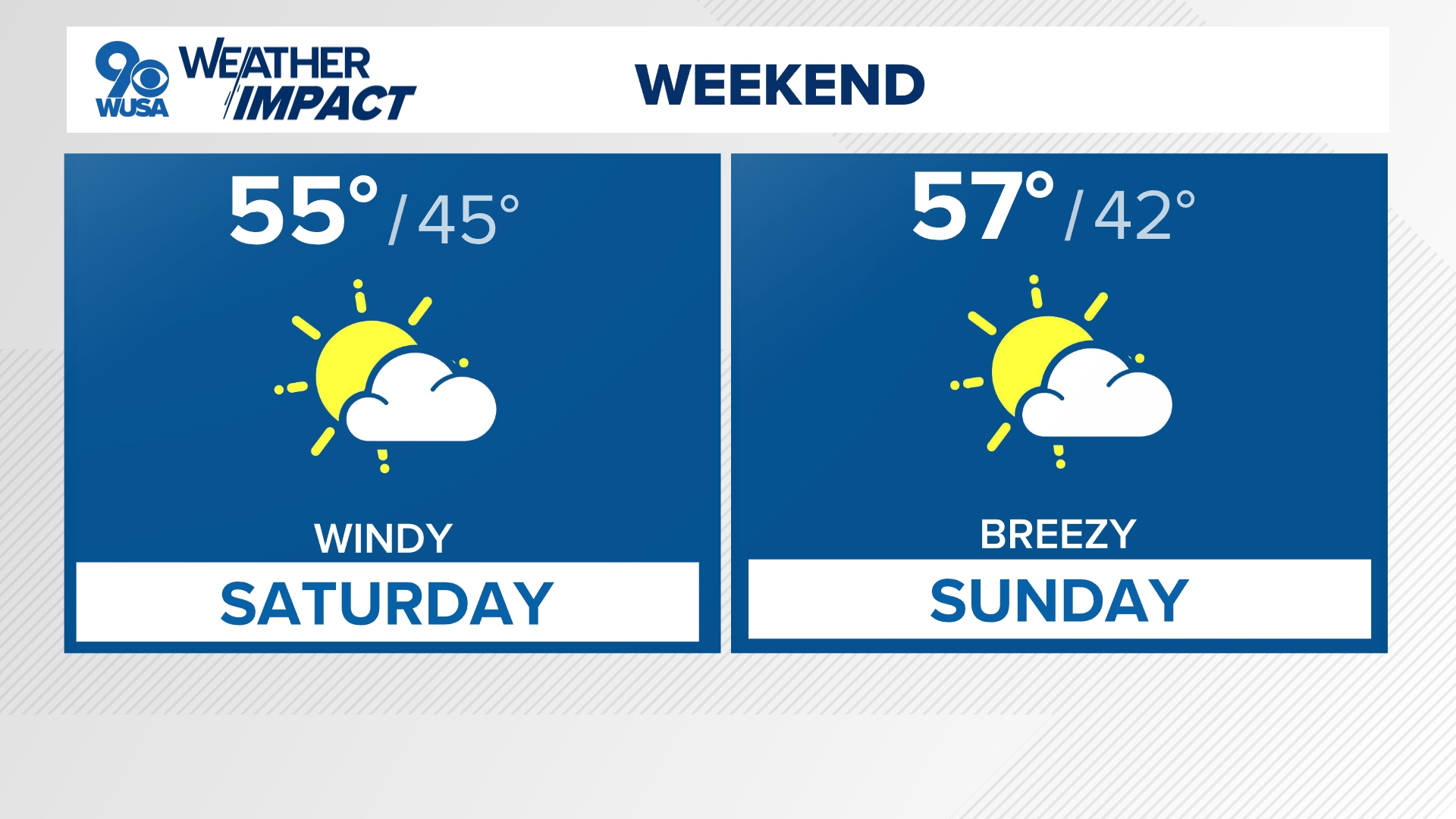Washington, D.C. -- NOAA released its 2019 forecast for the hurricane season on May 23. In the Atlantic Ocean Basin (that includes the Caribbean Sea and Gulf of Mexico), the hurricane season runs from June 1 through November 30. The outlook calls for a near average hurricane season with 9 – 15 tropical storms and 4 – 8 hurricanes, of which 2 – 4 will become major hurricanes. An “average” Atlantic hurricane season features 12 tropical storms, 6 hurricanes and 3 major hurricanes.


A tropical storm has sustained winds around its center of 39 – 73 mph while a hurricane has sustained winds of 74+ mph. A hurricane becomes “major” when it reaches Category 3 intensity on the Saffir-Simpson Scale with sustained winds of at least 111 mph.


On May 9, NOAA’s Climate Prediction Center issued an “El Niño Advisory” and expects a high chance that El Niño will continue through the summer and into the fall. That’s a large factor NOAA considered in its seasonal hurricane forecast.
That’s because El Niño conditions, characterized by a warming of the equatorial Pacific Ocean, have worldwide repercussions. Most notably, during moderate to strong episodes of El Niño, conditions in the tropical East Pacific (off the west coast of Mexico) are more favorable for tropical storm development.
Conversely, during El Niño years conditions in the Atlantic Ocean tend to be less favorable for tropical storm development with cooler than average sea surface temperatures and an increased amount of wind shear. Hurricanes typically require warm ocean water of sufficient depth, commonly 80° Fahrenheit to a depth of 200’, to develop. They also require little or no wind shear (differing wind speed and direction with altitude) for the hurricane circulation to intensify. In issuing its forecast, NOAA cited above average ocean temperatures in the tropical Atlantic Ocean and Caribbean Sea as well as a more active West African monsoon. Both of these factors are known to favor a more active Atlantic hurricane season.
The last moderate or strong El Niño occurred in 2015-2016. The 2015-2016 El Niño was one of the strongest on record, comparable to the 1982-1983 and 1997-1998 episodes. These three major El Niño events all had discernible impacts on the Atlantic hurricane season. While the 1982 and 1997 Atlantic hurricane seasons were much quieter than average, the 2015 season was closer to, but still below average with 11 tropical storms, four hurricanes and two major hurricanes.
It’s important to remember that a hurricane season does not have to be very active for an intense or destructive hurricane to develop. The 1992 Atlantic hurricane season comes to mind that occurred during a strong episode of El Niño. Consequently, it was a below average hurricane season with only seven tropical storms, four hurricanes and one “major” hurricane. However, that one hurricane was Andrew that many remember made landfall in Florida as a Category 5. In June 2001, Tropical Storm Allison caused prolific flooding in Texas and remains the only tropical storm to have had its name retired for being destructive and deadly. The next tropical storm that develops in the Atlantic Ocean will be named “Barry.”



